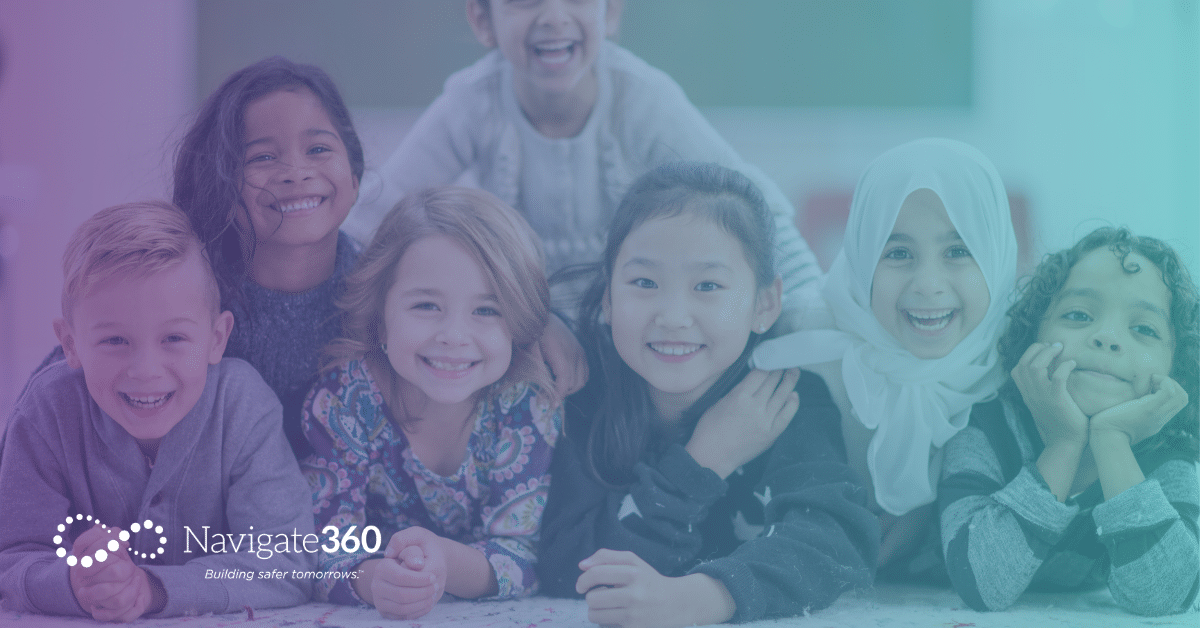Tips and Tricks to Make the Process Elementary
For students at the beginning of their educational journey, establishing positive habits and developing social-emotional skills can profoundly impact their entire academic career. Implementing PBIS & SEL programs for elementary schools can give students a much-needed boost in forming positive behavioral habits and social skills, which will affect every aspect of their lives, academically and beyond.
SEL + PBIS = A Powerful Combo
Students in elementary school can benefit from a schoolwide PBIS initiative, which establishes positive behavior norms across all areas of campus. Cultivating positive behaviors across a variety of scenarios will go a long way toward creating a positive school climate and giving teachers increased instructional time.
Many schools boost the building of positive behavioral habits through social-emotional learning, as well. Social-emotional learning, or SEL, is the crucial process of intentional instruction in emotional regulation, self-awareness, and responsible decision-making. Elementary students who begin developing the core competencies of SEL realize greater academic success and stronger interpersonal relationships over the course of their educational journey.
Together, PBIS and SEL enable educators to cultivate a positive and supportive learning environment. PBIS focuses on encouraging desirable behaviors, while SEL emphasizes the development of social and emotional skills. Integrating both approaches can significantly enhance the overall well-being and academic success of students.
Implementing Elementary SEL & PBIS
Implementing PBIS & SEL programs for elementary schools requires intentional, age-appropriate instruction that helps to develop positive behavioral habits as well as encourages emotional resiliency. Incorporate these tips and suggestions to make SEL come alive in your classroom:
Use Scenarios
Many educators begin their class day with a morning meeting. It’s the perfect time to incorporate a mini SEL scenario to get students thinking.
Scenario Example: “Tara got into an argument with her friend while they were playing a game. Tara didn’t think the rules were fair. What can Tara do to make things right with her friend? What do you do when you don’t think a rule is fair?”
HINT: Don’t make up these scenarios! Pull them from the last Suite360 lesson you taught! See what students remember using the questions from the lesson or make up new questions around the scenario.
Dive into Discussions
Some concepts are better as discussion topics. Helping students dig into the connections between emotions and physical sensations can make it easier to teach self-regulation. As an example, a good discussion question might be: “How does your body feel when you have big emotions?” Depending on grade level, answering this question might utilize drawing, acting, writing, or round-table conversations to explore the topic.
Mindfulness and SEL Calming Kits
Mindfulness exercises can be powerful tools for emotional regulation. There are numerous ways to use mindfulness exercises to teach young students to settle their emotions. SEL calming kits are packed with tools to help this process. Teach your students to use these tools and give them access to the kit throughout the day to use as they feel dysregulated.
Story Time
Make SEL connections to stories you read in class. Find ways to tie in the 5 SEL competencies to class discussions around characters and their choices. Additionally, tie in PBIS connections through the school’s core values as you read. Ask questions like,
- “Which one of our school values did the character show when they did/said X?”
- “If [character] went to our school, which school value would they need to get better at?”
- “What behaviors would they need to stop doing or start doing to show this value?”
Suite360 Lessons
Suite360 for Students has a wealth of lessons for students of all ages. The scaffolded curriculum includes more than 500 lessons on topics relevant to student experiences. Because Suite360 is a curriculum, each school can determine the pacing and topicality of the lessons taught. It’s important to be flexible with the curriculum. If students would benefit from a Suite360 lesson on a specific topic, teachers have the flexibility to teach it when needed instead of following a prescribed order. In the process, you can refer back to scenarios, phrases, or vocabulary used in Suite360 lessons. A great way to do this is to create an SEL word wall that uses the definitions from the vocabulary included in our lessons.
Connect SEL and PBIS
Connect your SEL lessons back to the core values outlined in your PBIS initiative. As you work through Suite360 lessons, draw connections between the SEL skill they are learning and how it relates to the school values and specific behaviors that they demonstrate at school. Reinforcing this connection by recognizing students for exhibiting core values also helps solidify the learning experience. PBIS Rewards enables any staff member to recognize any student, anywhere, anytime, helping to build positive behavioral habits.
Elementary SEL & PBIS for a Solid Foundation
Implementing PBIS & SEL programs for elementary schools provides a holistic approach to developing well-rounded students. The structure of PBIS and the focus on emotional intelligence found in SEL combine to create a learning environment where students feel emotionally safe, valued, and supported.
Navigate360 enables districts and schools to boost the power of PBIS and SEL through digital management of PBIS and a robust curriculum of SEL lessons. The combination of these two systems can maximize the effect of social-emotional learning, creating a ripple effect of positive school culture and climate. We’d love to tell you more – contact us today!




